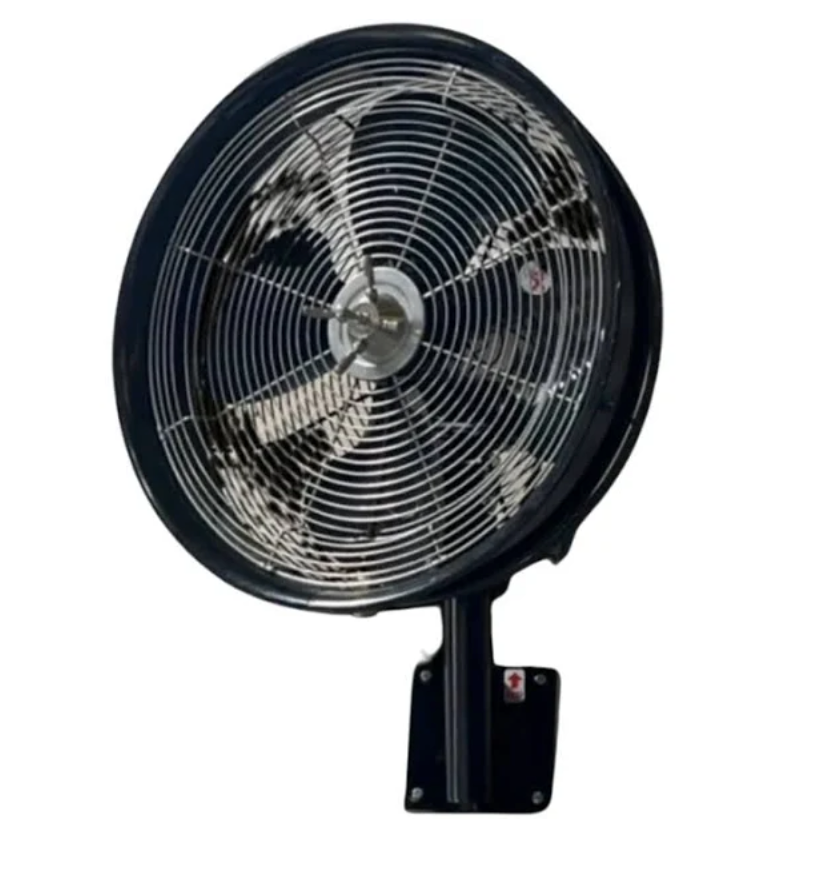Gas Log Advantages and 3 Things to Consider When Purchasing

Vented or Non-Vented
This is very straight forward. Vented logs require an open chimney flue or damper. They simulate a true wood burning fire however they do not radiate as much heat as non vented logs as some of the heat escapes up the chimney. So depending on the fireplace design, the size of the gas logs, you will experience a variance in the amount of heat. So, if you are not looking at this as a home heating option then vented is the solution. Vented solutions are more realistic than vent free .
Vent-free logs, which operate with the chimney flue closed, and are a true heat source for the room. Since they operate with a closed damper, if installed in the chimney, all the heat is radiated to the room. Vent free solutions are basically a radiated heat source. You will not get the roaring fire effect you see from a traditional wood burning or a vented gas log solutions. You wont see the high flame. You basically control it as a room heat source.
You will need to check with you local building code to be sure what is and is not allowed in a home and in which areas of the home as well.
Both of these come in all types of sizes, shapes and wood styles. Once you decide on the type then take a look at the various styles, wood types to see what you prefer to add to your home.
Natural Gas and Liquid Propane
You will need to determine your fuel source
Do you currently have a fireplace that you are transforming and have an existing natural gas line?
Are you going to be building a new fireplace and will be adding a gas line?
Do you not have a natural gas source to your home and wont be able to, then LP will be the only source for you.
LP burns hotter than natural gas but it is more costly and higher maintenance to change out empty fuel tanks.
How to Start the Gas Logs
Gas logs can be started by several methods.
1. Match Light Method - this is done by placing a match or lighting source next to the burner, turning on the gas and igniting the flame.
2. Manual Safety Pilot - This is similar to a hot water heater where the pilot is always burning. You start it by turning a control valve in the fireplace to the desired amount of flame and heat.
3. Remote Control - This gives you full control from anywhere int he room to start and stop the gas logs, control the the amount of gas, heat and amount of flame. This is the most expensive solution. The Hargrove safety feature shuts off gas flow to the system if the pilot is extinguished and the valve body is optimally placed for long lasting performance of the remote control unit.
So talk with the experts that work with these options everyday. Let them explain in full detail the advantages. Let them ask you questions and give you straight honest answers based on your particular situation. Be very pleased with your purchase and enjoy the beautiful environment these add to your home.












